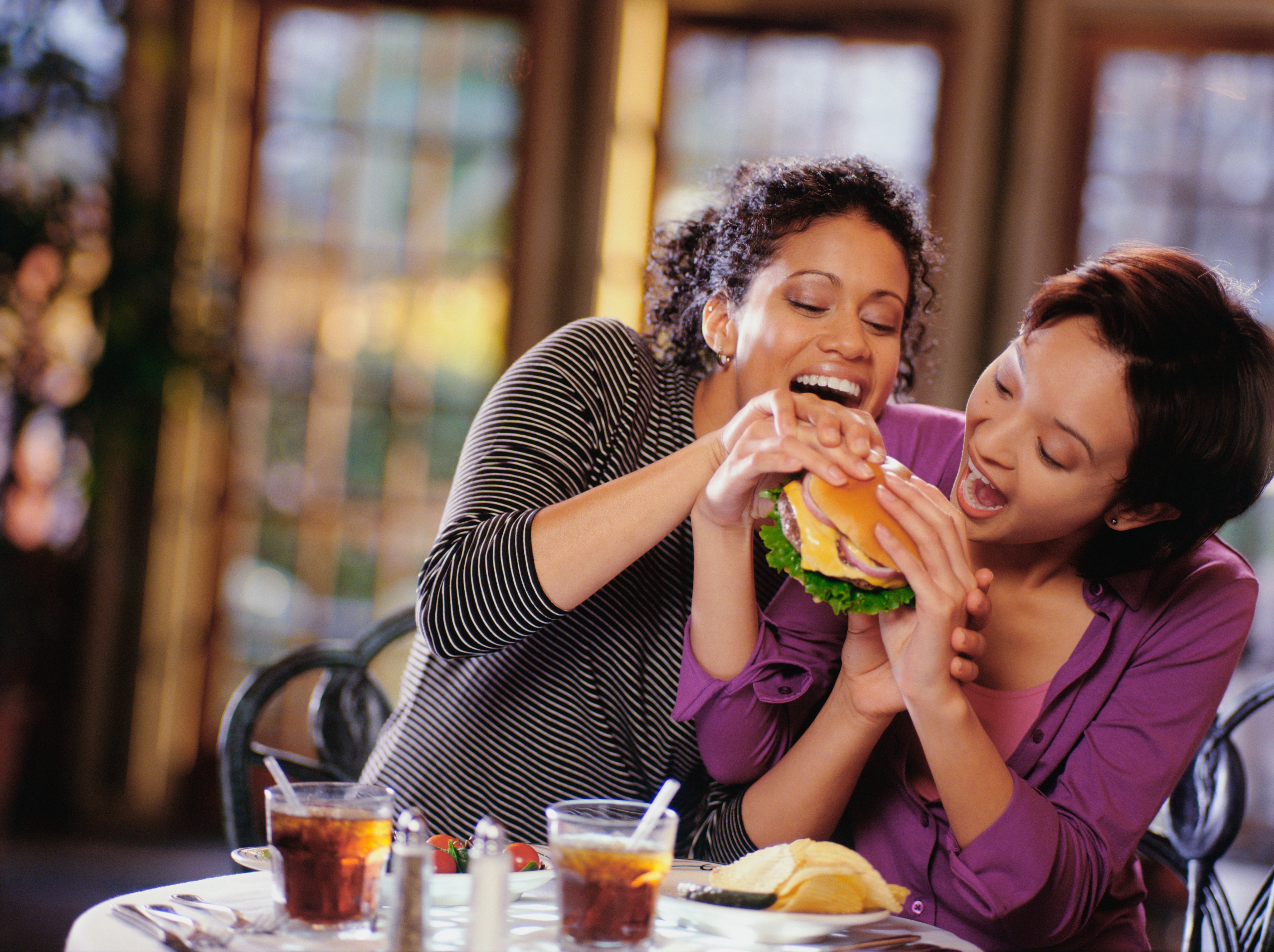Casual dining chains have taken a beating lately and are doing what they can to stay on their feet. From recent attention grabs—IHOP put its thing down, flipped it, and reversed it; Applebee's went to $1 happy hour drinks—to revitalized menus a-la Macaroni Grill, casual dining chains are pulling out all the stops.
Finding a way through these challenging times has proven to be, well, challenging. But we at TrendSource don't shy away from challenges—when you eat, breath, and sleep market research, the tough ones are the most fun. That's why we devoted our 2018 Food Service Industry Report entirety to the casual dining chain segment, looking to see what's working, what isn't, and how operators can hope to ultimately increase check size and market share.
For this consumer insights study, we surveyed 1,248 consumers in our proprietary Field Agent database, asking them about their dining habits, experiences, and preferences in the casual dining sector. They served up quite the feast of insights...let's dig in!
The Good News: Consumers see Casual Dining Chains as Comfortable, Agreeable, and Familiar
The majority of respondents choose casual dining chains for their comfort and casual atmosphere, because they are easy for everybody in a group to agree on, and because they can "be themselves" within them. As menus become increasingly complex at the hottest dining spots in town, many consumers find comfort in the familiar and simple, and casual dining chains seem to have that in abundance. These are not places to see and be seen, and, for many respondents, that is a positive attribute.
Additionally, consumers appreciate that everybody in their dining party can agree on a casual dining chain. This is where their middle-of-the-road fare actually benefits these chains—while perhaps sexier and more unique, other dining options often prove too pricy and spicy for dining groups composed of multiple generations and tastes. Yes, this does mean that they are essentially the Jay Leno of the restaurant world (lowest common denominator) but anything that puts butts into seats has to be welcome news.

The Bad News: Consumers Want the Food to be Fresher, Healthier, and Tastier
After that bit of good news, however, it's gets a bit rough.
We asked respondents what, if anything, would increase their likelihood of choosing a particular casual dining establishment and their answers were resounding: whether rural or (sub)urban, consumers want casual dining chains to serve fresher food, which the aggregate respondent indicated would make them "much more likely" to patronize a restaurant. As we point out in the full report, this perception of casual dining chains is going to be hard to shake—over the years consumers have grown savvy to the fact that foods are often prepared off-site and heated in the restaurant, making them essentially a glorified microwave in many consumers' eyes. Pivoting to fresher food would require a rethinking of their culinary approach, but it may ultimately prove to be a necessary change as today's restaurant goers expect fresher and even local fare at their local eateries.
Interestingly, the other top answers included healthier food and improved flavor. It seems that casual dining chains, for the most part, have convinced consumers that their prices, menu variety, and even service are serviceable; they just want the food itself to be better.
This will be a particularly tough differentiator to hit, however, as casual dining chains face competition from fast casual joints with significantly lower overhead that can invest in higher quality food items without causing sticker shock.
Delivery Not Yet On the Way
While many casual dining chains are building out their own online ordering platforms to support pickup and delivery, consumer appetite for these services may not yet be whet. Asked about their likelihood of using such options, consumers indicated they were only "slightly" or "somewhat likely" to do so.
As consumers can increasingly get what they want when they want in the comfort of their own home, the relative facility of casual dining chains ceases to be a differentiator. Thus, delivery from these chains seems perhaps less appealing than more exciting cuisine.
What Else is in the Report?
The report also offers a a top-20 of current casual dining chains, showing who is top segment dog and who has the most room to grow (special preview: Texas Roadhouse is tops). Respondent answers are broken into rural/(sub)urban, generational, income, and gender segmentations, allowing operators to drill deep into particular demographic groups they hope to target.
Additionally, the report breaks consumers into demographically disparate but dispositionally similar clusters: across demographic distinctions there remain certain types of casual dining consumers, including those who prioritize experience, flavor, and trend. How can casual dining chains hope to appeal to these unique clusters and what are their intersections?
Find out the answers to these and many other questions by downloading the full report.


